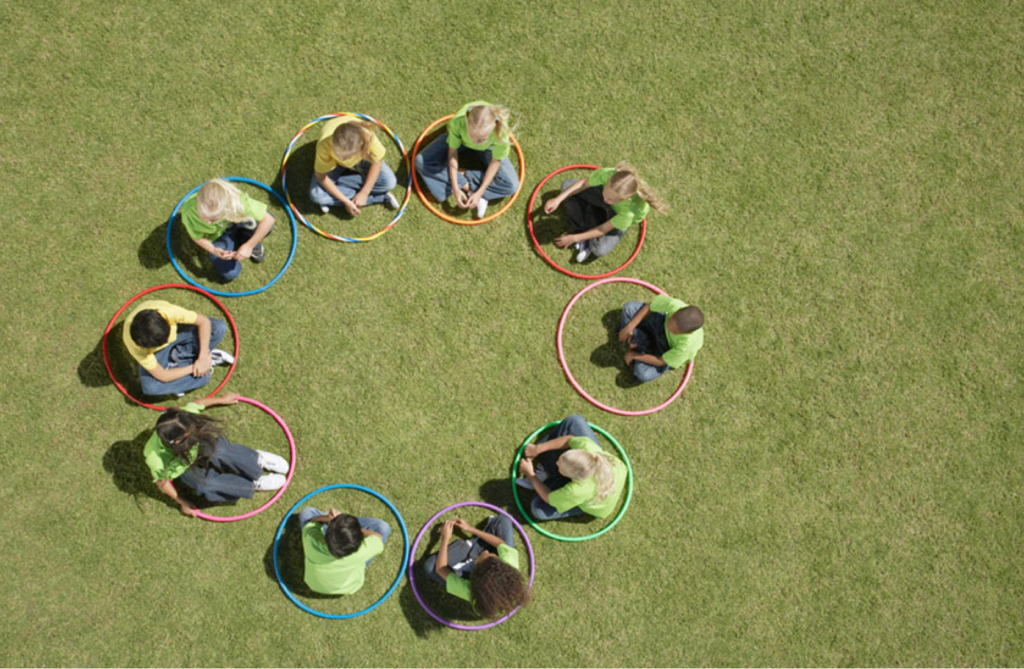
by Justin Bennett
Backyards are wonderful places, full of opportunities to relax and have fun. They can be a focal point for our children, but it’s incredibly important that they are able to be in a hazard-free environment. This is especially true when our children are on the autism spectrum. Blogger Gregory Brian Wood presents some ideas to make your backyard an autism-friendly place to enjoy.
Fencing and Water Safety
Yards can be a sanctuary for a child on the spectrum, but, according to Autism Spectrum Therapies, they can also leave them vulnerable to wandering or other dangers. One precaution to take is installing fencing to create a safety barrier. It can take only a moment for our children to slip away from our supervision. Whether that is because they’ve been overwhelmed or intrigued by something elsewhere, it can be distressing and dangerous. This type of security can allow you, as a parent, to focus on playtime with your children.
If you have a swimming pool or water features, it would be a good idea to add additional fencing, as well as secure gating. AngelSense explains that water can be very appealing to autistic children — it can also be dangerous. Be sure to remove any toys from the pool that could be a temptation, and teach your children the fundamentals of water safety.
Visual and Auditory Warnings
The risk of wandering may require other precautions. Typically, a spectrum child will be sensitive to noise. Alarms may, therefore, act as an effective deterrent to children going where it’s not safe, as well as alert nearby adults. These alarms trigger if a restricted area is entered without warning. Install them on gates, as well as pools, sheds or water features.
As an extra measure, place clear visual signs around areas you feel could be dangerous or should be off-limits, such as locations where there could be toxic chemicals or dangerous tools. Make them large and colorful, and use direct words like “Stop” on the signage. While sometimes our children find it difficult to communicate, a visual warning like this is an invaluable protective aid for them as well as an affirming signal to pay attention to.
Create a Garden Zone
A garden offers a peaceful and calming environment. It’s also a place that engages a wide range of senses. HomeAdvisor suggests considering developing a safe, secure garden zone that can fascinate and thrill your children. This can be an area that is relatively secluded, where your child can feel able to retreat to when they are overwhelmed. Choose flowers and plants that are colorful and scented well, and add objects like wind chimes. A garden with an array of textures, smells, and color contrasts can be delightful for an autistic child.
You might also introduce your children to gardening itself, which offers plenty of sensory stimulation and valuable physical activity without being overwhelming. The process of gardening can be an excellent bonding experience, and it’s something that can be done at a pace that your children are most comfortable with. Be sure to invest in appropriate garden gear, like protective gloves, to ensure everyone has the best experience possible.
Organize Fun Activities
Playtime can be a challenge depending on the position of one’s children on the spectrum. There may be distractions or disinterest, there could be sensory overload, and directions can be difficult to follow. However, playtime is important to their development, such as motor skills, communication and problem-solving, as well as their physical health.
Backyards are great for organizing fun and varied outdoor activities. Birdwatching, for example, can offer children the opportunity to learn about feathery friends and to enjoy their vibrant colors. Consider installing a bird feeder to create an environment where they can be watched from afar. Camping in the yard is another great way to connect with nature; you can even create a fire pit (there are many ways you can create a safe one). Being together away from so many stresses can be a wonderful experience. You can fill the day with tasty snacks and plenty of stargazing.
Our backyards can be fantastic places for our children. They can engage a range of senses and be a great way to bond as a family. By taking precautions where necessary, we, as parents, can create a safe and spectrum-friendly environment ideal for fun and learning.
Image Courtesy of Pixabay.com

